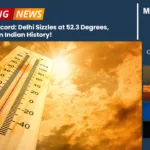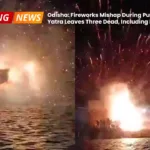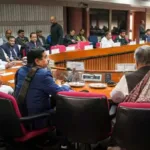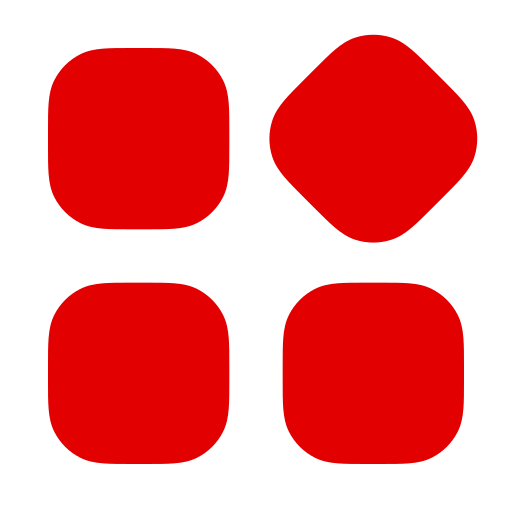A Viral Call for Attention
An AI-generated image bearing the slogan “All eyes on Rafah” has dominated social media, and re-shared over 40 million times on Instagram since Monday. This surge in visibility coincides with Israel’s deadly offensive on Gaza’s Rafah, turning the image into a focal point of online discourse.
The Meaning Behind ‘All Eyes on Rafah’
“All eyes on Rafah” is a slogan urging global attention to the dire situation in Rafah, a city in the southern Gaza Strip near the Egyptian border. Following Israel’s bombardment that started from the north, many Palestinians fled south, culminating in a significant population concentration in Rafah. As Israel announced plans for a ground operation in Rafah, citing the presence of Hamas brigades, the slogan gained traction, originating from a statement by WHO representative Richard “Rik” Peeperkorn.
The Reality in Rafah
On Sunday, following an order from the International Court of Justice (ICJ) to halt the offensive, Israeli bombardment killed at least 45 people in al-Mawasi, a previously designated safe zone in western Rafah. Further strikes on Tuesday resulted in 21 deaths in a displacement camp. The Ministry of Health in Gaza reports that over 36,171 people have been killed in Gaza since October 7.
More Read
The Image and Its Spread
The AI-generated image depicts an orderly camp with tents arranged to spell out “All eyes on Rafah” against a serene, unrealistic backdrop. This contrasts starkly with the actual conditions in Rafah, which is crowded with approximately 1.4 million people and devastated by ongoing attacks. Despite its artificial nature, the image’s repetitive elements and symmetry have not triggered content filters, allowing it to spread freely on platforms like Instagram.
Celebrity Endorsements and Viral Mechanisms
Notable figures, including Bella Hadid, Nicola Coughlan, Hasan Minhaj, and Dua Lipa, have shared the image, boosting its visibility. The Instagram “Add Yours” feature has facilitated its rapid spread, allowing users to repost with ease. This ease of sharing, combined with a less graphic representation compared to real war photos, has contributed to its viral status.
Mixed Reactions to the Trend
Reactions to the viral image are divided. Some view it as an effective way to raise awareness, while others criticize it as performative activism that detracts from more critical, real-time updates and images from Rafah. Eddy Borges-Rey from Northwestern University in Qatar suggests the image’s virality is partly due to social media algorithms that filter graphic content, allowing the AI image to circulate widely without restrictions.
Conclusion
The “All eyes on Rafah” trend underscores the power of social media in shaping public awareness and discourse. However, it also raises questions about the nature of activism and the role of digital imagery in representing real-world crises. As the situation in Rafah remains critical, the debate over the efficacy and impact of such trends continues.












